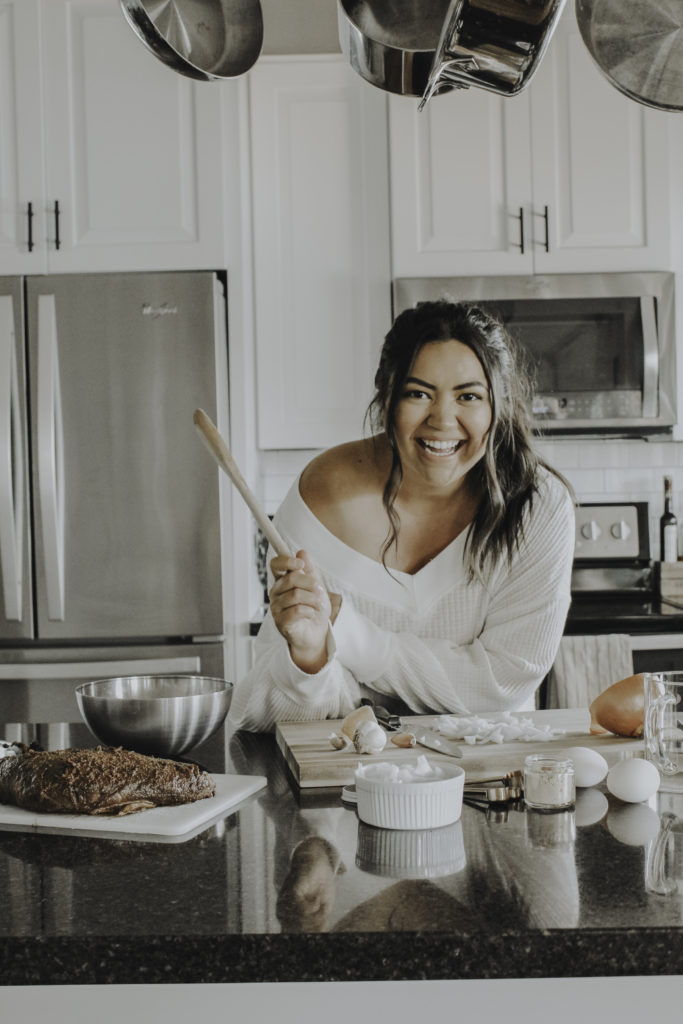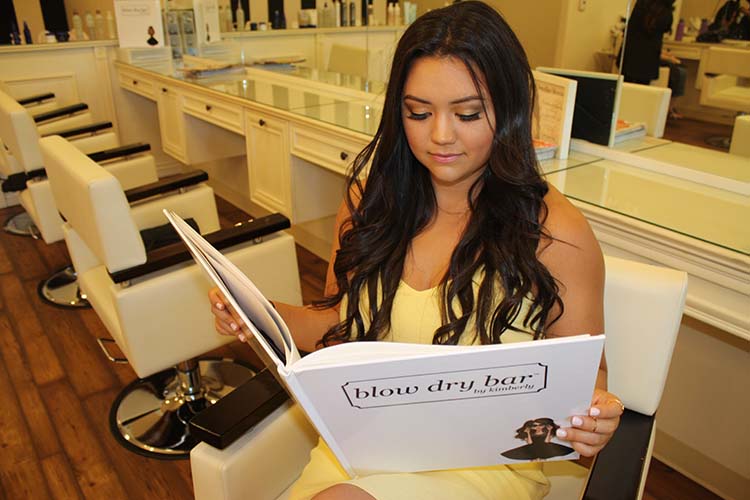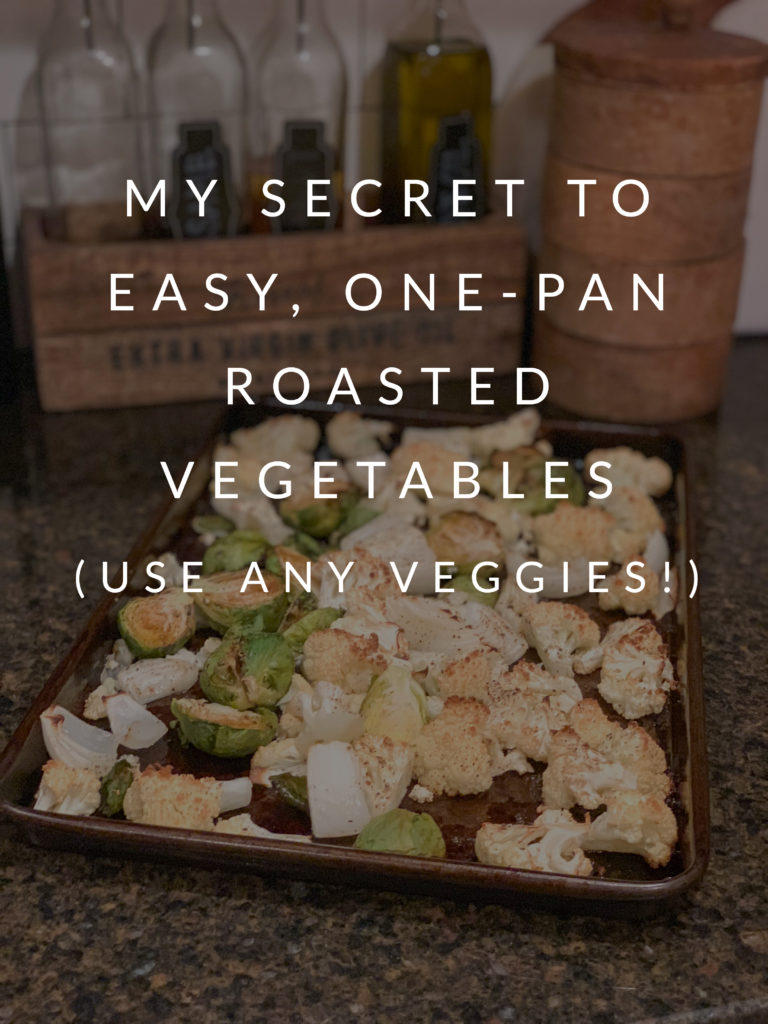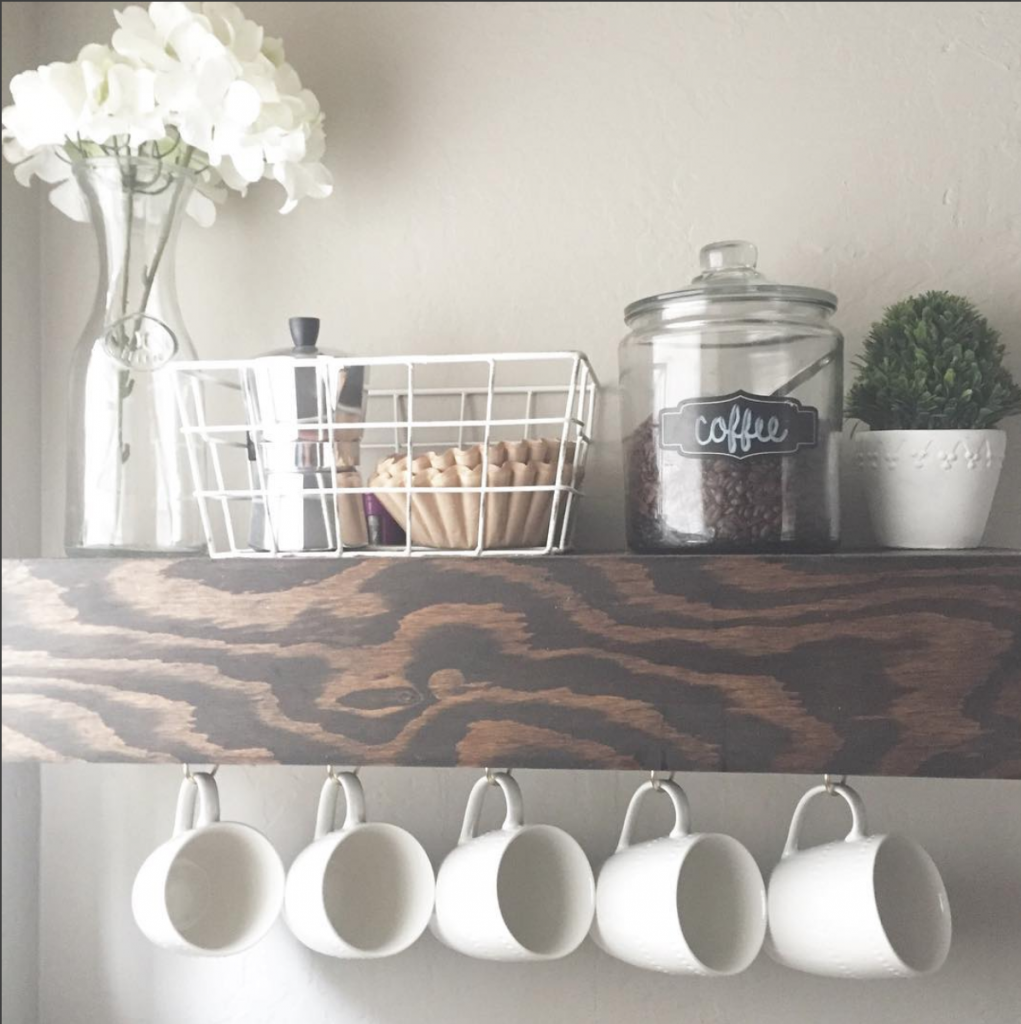Before & After: DIY Stencil Floors
I’m sure you’ve seen those amazingly Pinterest-perfect patterned tiled floors before in kitchens, bathrooms, and sometimes laundry rooms…but have you ever thought that those may have been stenciled?! I used $50 and a few weeks’ worth of dirty work to DIY our old linoleum master bath floors…and here is how I did it!

BEFORE:


Tips before you start:
- Make sure that all of your paints are oil based paints. This is to ensure the longest wear of the paint and that the least amount of humidity gets through, as this is the bathroom and it gets pretty wet, after all.
- Make sure you are realistic with your time and plan to not have a bathroom for a good while! This can be done in a long 3-day weekend if you literally have absolutely nothing else to do and have the patience and concentration of a professional chess player…but I don’t have that, so it took me about 4 weeks by doing it bit-by-bit on weeknights and some weekends when we were in town. Also, the oil-based paints take at least 24 hours to dry. With 1-2 primer coats plus the stencil coat plus the top coat, this takes time! See what I mean?
- I also tried with black paint (not spray paint like I recommend below) and a miniature roller because I felt this would go faster, but it came out as a MESS! The paint got under the stencil and it was horrible. Spray paint is your friend!
Products used (click to get the exact products):
- Extra Smooth rollers
- Stencil from Michaels
- Oil-based bright white paint by Rustoleum for the base color
- Oil-based black spray paint by Rustoleum for the pattern (I used one can for about 40 sq ft)
- Oil-based top coat clear enamel spray paint by Rustoleum
- Paint pen by Rustoleum (for touch ups…not totally necessary – you can use a smaller brush – but it helps save time)
Step 1:
Prep the space – take out the toilet (or appliances) if necessary, mask/tape/tarp the area.
Step 2:
Clean with heavy chemicals and lightly sand the floor to get the top protective layer off. Don’t sand hard enough to leave scuff marks!
Step 3:
Prime with two coats of your base color – I used bright white. I rolled this on to be easiest and then brushed around the edges. Because this is oil-based, it needs to dry for at LEAST 24 hours!
Step 4:
Get the stencil ready and prepare for a mess. I created a cardboard barrier that was the size of the stencil to block any spray paint mess from leaking.
Step 5:
Start spraying! Start with the most inconspicuous area first to get some practice runs in that aren’t in the middle of the floor in the most obvious place. I started in the back corner – when tiling, you typically start in the middle of the floor however I was not about to get crazy detailed with this. It takes much less time to just start from a corner.
I did about 3-4 squares at a time, because the stencil and cardboard would get a bit wet after that many and start getting too messy. This is why the project takes longer than you would anticipate, because you can really only do a few squares at a time.
Step 6:
You’ll start running into half-squares and oddly shaped areas. Make sure you do the biggest areas first, so that you aren’t cutting the stencil too small too quickly. Save the smallest areas for last or else you’ll have to buy an extra stencil.
Step 7:
Touch ups! You can use a tiny brush or a paint pen by Rustoleum – they’re expensive, but worth it!
Step 8:
Top coat! Let dry for 24 hours, then do another. And you’re done!






